José Giralt (1925 - 2020)
About the Artist/Site
José Giralt was born on September 8, 1925, in the small village of Llers in northeastern Catalunya, only 13 miles from the French border. His father was a small landowner with several hectares of olive trees; when they were ripe he employed as many as six women and two men to harvest his crop. But Llers suffered terribly during the Civil War, with bombs that destroyed most of the town, including completely wiping out the house Giralt was born in, which had stood just up the street from his current home, purchased by his father after the war. Giralt found that he was unable to make a living in the Llers area after studying at the art school in nearby Olot, however, so when he turned twenty-one, having recently married Caterina Calvet, a native of nearby Figueres, the young couple moved to France and Giralt began working as a tile-setter. He thus avoided the terrible war years and the following “years of hunger” that plagued Spain in the mid-decades of the twentieth century.
After his retirement from forty years working as a tile-setter, he returned to his natal village for the summers. He stayed busy, even after his retirement, painting small canvases and adding some interior and exterior façade tile and stone enhancements to the house in Llers. And then, in 2006, at age 80, he began to ornament the exterior of his family home. The works with which he began adorning the outside surfaces of the house are markedly different from his earlier sculptures, which were mostly small sacred carvings or historical genre scenes in a classical academic tradition. These larger works are both more simplified and more stylized, with much less detail,
And most are fully three-dimensional: colorful and somewhat stylized images from daily life (local birds and animals), history (medieval warriors, Spanish artists), and legend (dragons, witches, and even Robin Hood).
He prepares to make the sculptures by first sketching fairly detailed drawings, including measurements, of the works. After the small ink drawings are finished to his satisfaction, he scales them up to full-size, using pen and marker to draw out the designs on the insides of unfolded recycled corrugated cardboard boxes. There are typically small but significant modifications to the work between the initial ink drawing and the final three-dimensional work; these include both structural changes as well as decorative ones. The actual construction of the sculptures takes place directly at the site of installation for those that are bas-relief adornments to the walls, or on the second-level open-air terrace fronting the Carrer Muralla side of the house for those that will need to be moved into place. Here he has set up a makeshift table on top of two wooden sawhorses at the eastern end of the terrace.
On a base of #7 or #8 steel reinforcing bar, Giralt forms the silhouette that will serve as the infrastructure for the figures. After experimenting with different materials, he has settled on adding polystyrene (Styrofoam) chunks or sheets that he bunches up inside of the steel armature; these provide the volume around which he models the wire mesh that will support the layers of concrete. He clips the mesh as needed, discarding unnecessary parts and cutting slits to facilitate curves or directional shifts, fitting the shapes together with care. He may not complete the entire work before beginning to layer the base concrete, meticulously troweling the mortar as he smoothes it over and between the interstices of the wire mesh. By working in stages, he provides a stable base upon which he can build further while also avoiding being hindered from accessing all sections of the figure by appendages or accoutrements. His first pieces were made with a mixture of marble dust and concrete, but soon he moved on to using prepared dry concrete, which is easier to work with, and cheaper. After he is finished modeling the base coats that realize the complete form of the sculpture and they dry, he adds a finish coat of a smoother cemento cola [a concrete with a glue base] that serves as an excellent subsurface for paint. Either he or one of his sons, a sign-painter, will paint the works after this last coat dries, using a paint that is guaranteed ten years outside with no fading from sun or rain. Finally, he hires a local man who has a crane to lift them into place: some of the sculptures are quite heavy and all are placed too high for even a team of people to lift without equipment. He estimates that Robin of the Woods, for example, weighs 330 to 440 pounds.
Giralt estimates that he can complete four or five major works each summer in Llers, working mornings and evenings when the sun’s force is not as strong. He uses simple tools: trowels, brushes, scrapers, and small plastic basins for the concrete mixture, working in small batches. He wishes he could work all day, he says, but it is impossible, not only because of the physical toll that working in the full sun would take, but because his concrete dries too fast and would crack. When he has “extra” paint left over from painting the sculptures, he paints little tiles and bas-reliefs: a self-portrait, small still lifes primarily of potted plants, and, beginning in 2011, local landscapes, biblical scenes, portraits of artists, and reproductions of famous artworks. He works quickly and intensely every day as long as he is able: “my days pass and I do not even realize it,” he says, taking great pleasure in the work he is doing. He is back in his natal home, speaking his native tongue, creating artworks that express his pleasure in his surroundings, his history, and his homeland.
~Jo Farb Hernández, 2014
Update: Giralt passed away February 18, 2020. Following the artist’s death, the house has been boarded up and is slowly losing ornamentation and color due to vandalism and natural forces.
Contributors
Map & Site Information
Llers, Catalonia, 17730
es
Latitude/Longitude: 42.2938816 / 2.9114104
Nearby Environments


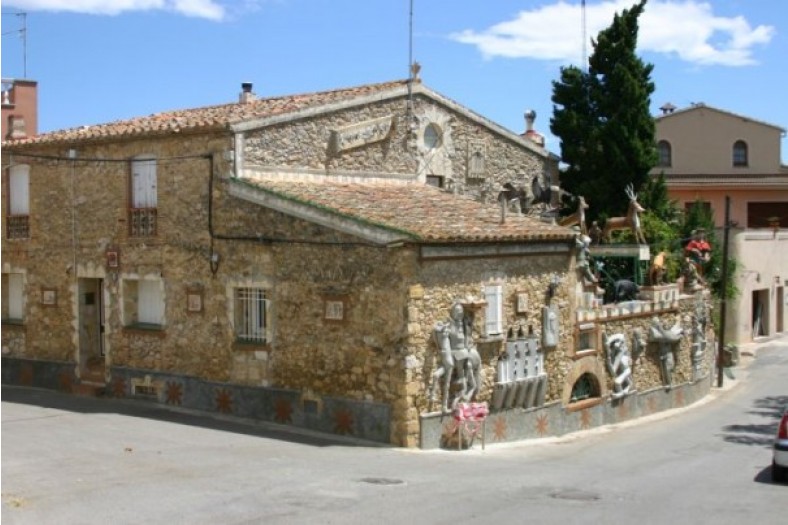
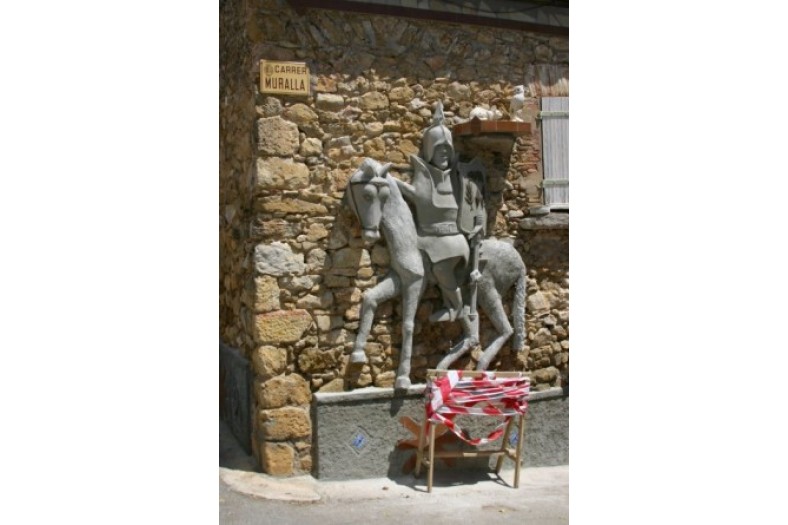
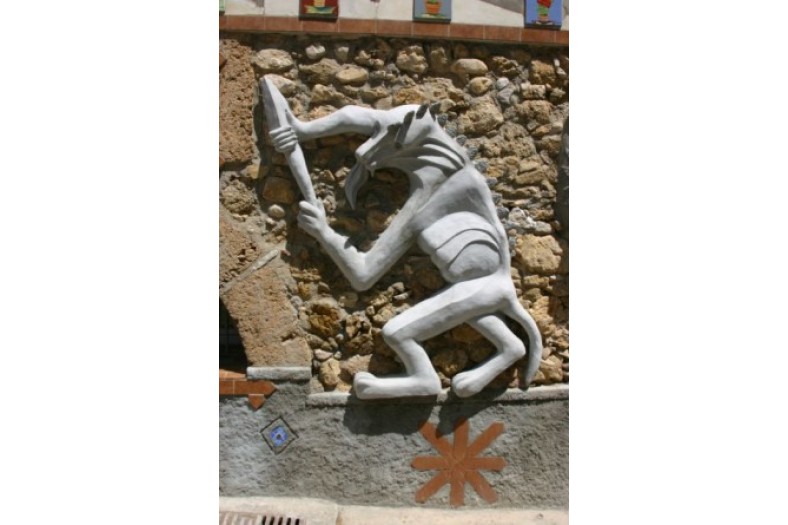
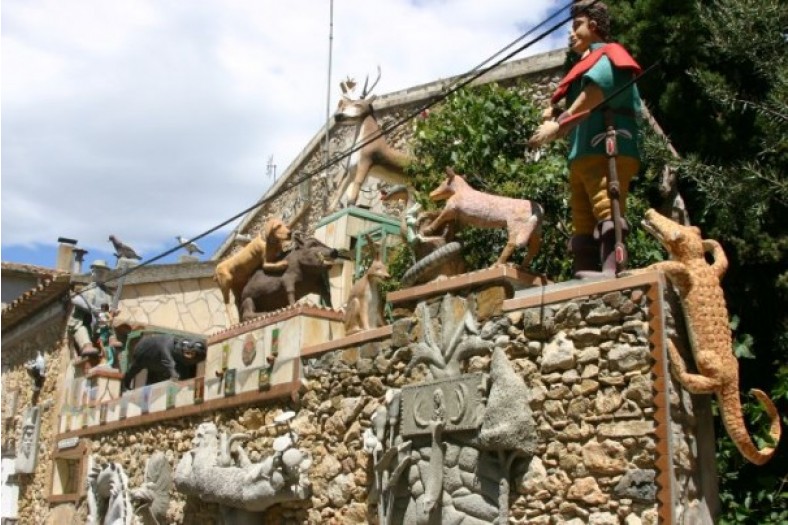

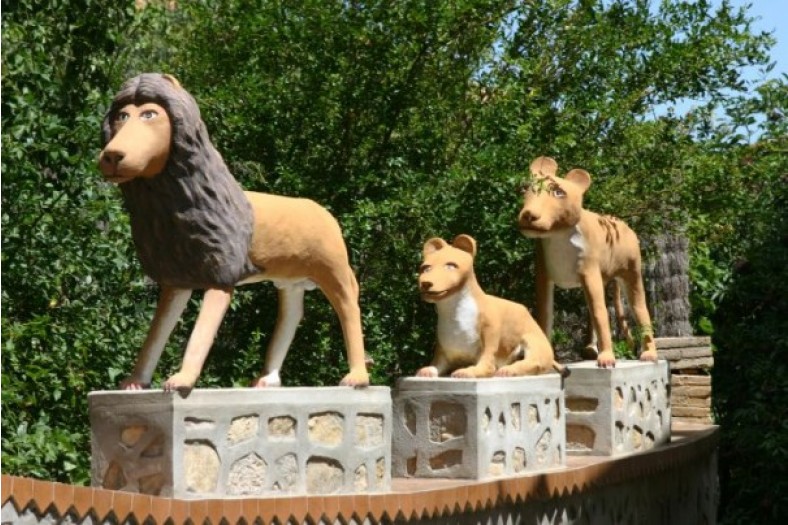
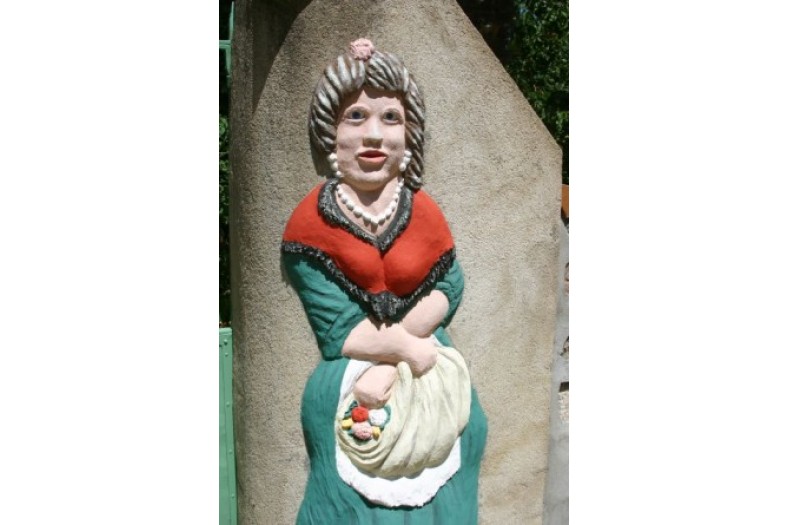
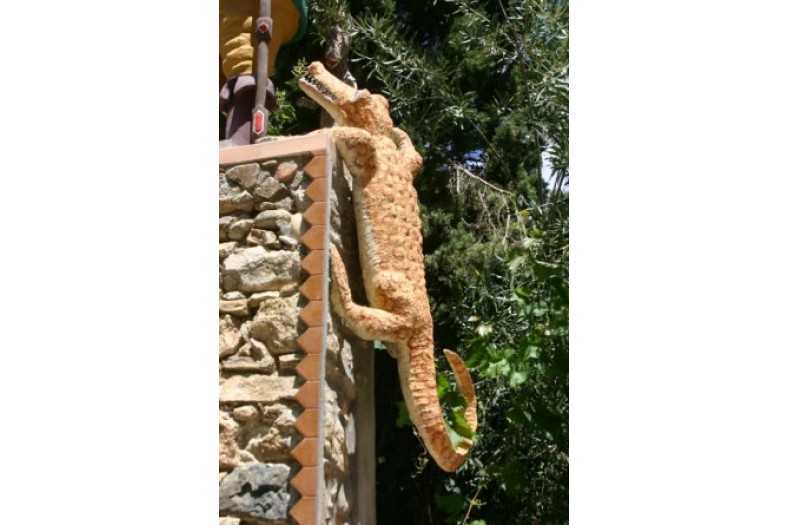

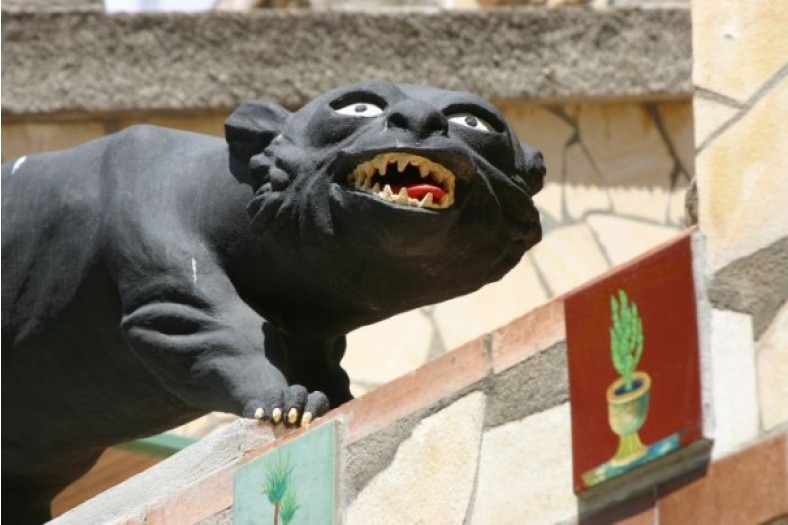
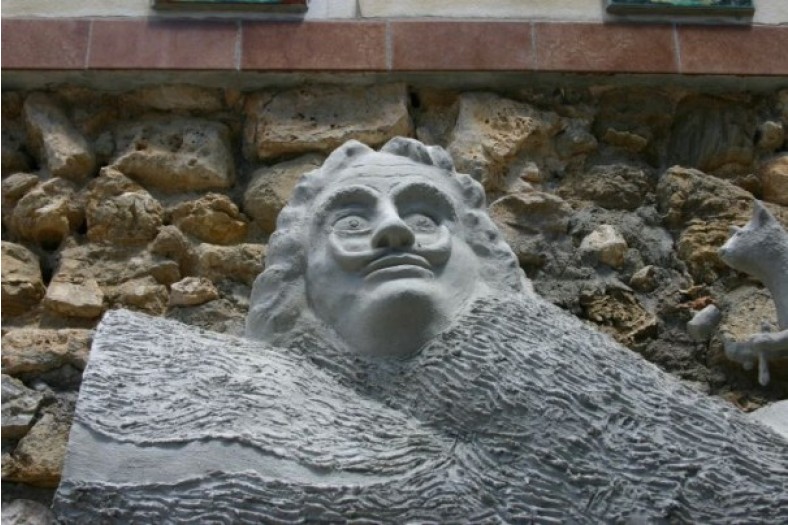
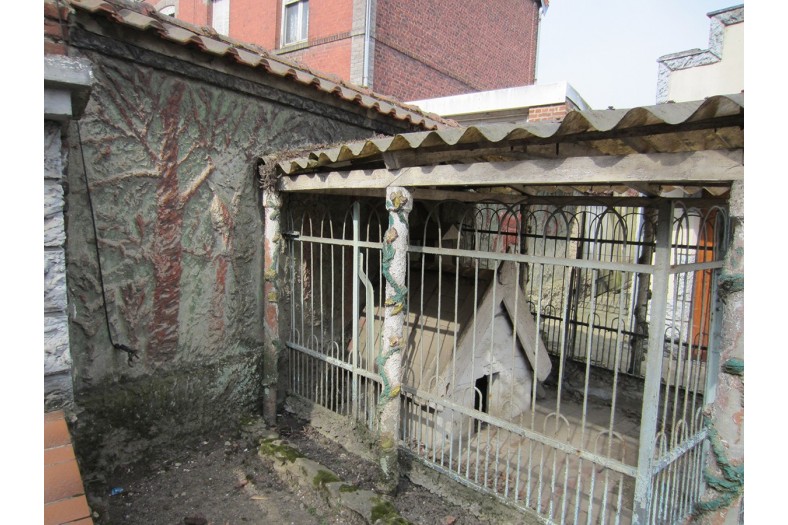
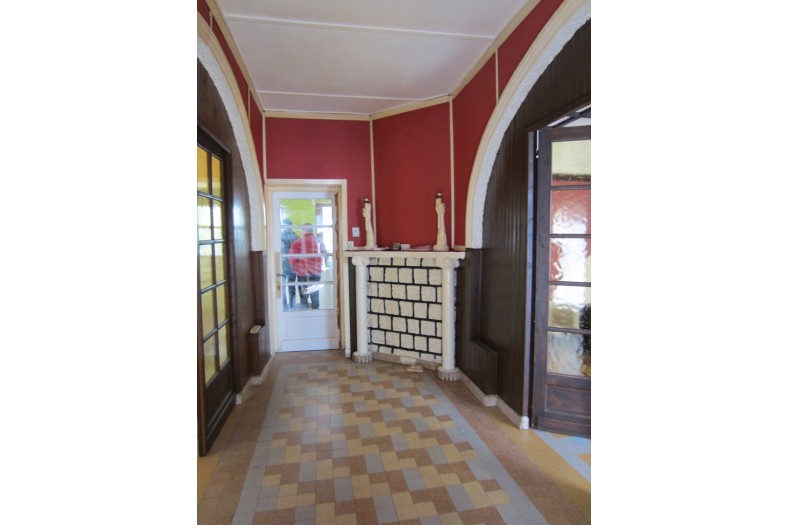
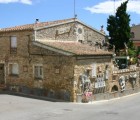
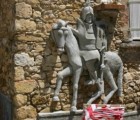
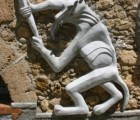
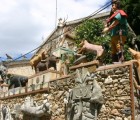
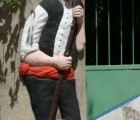
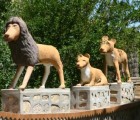
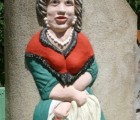
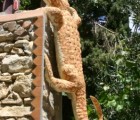
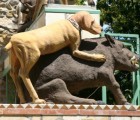
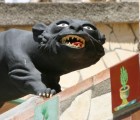
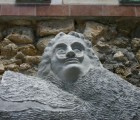
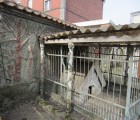
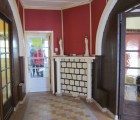
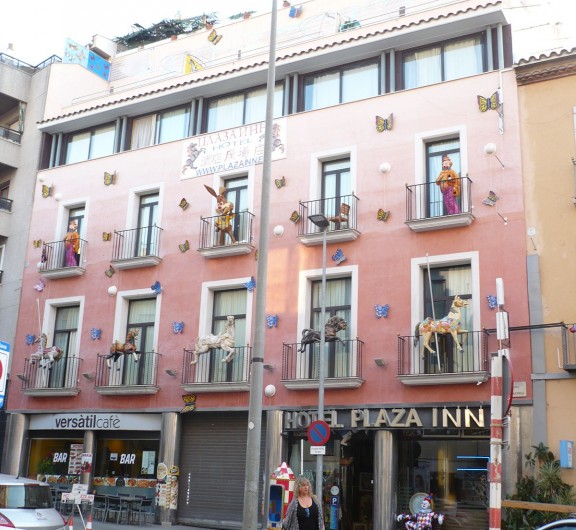
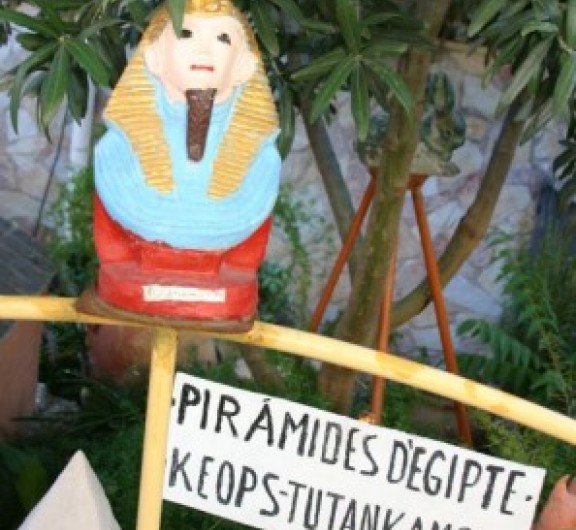
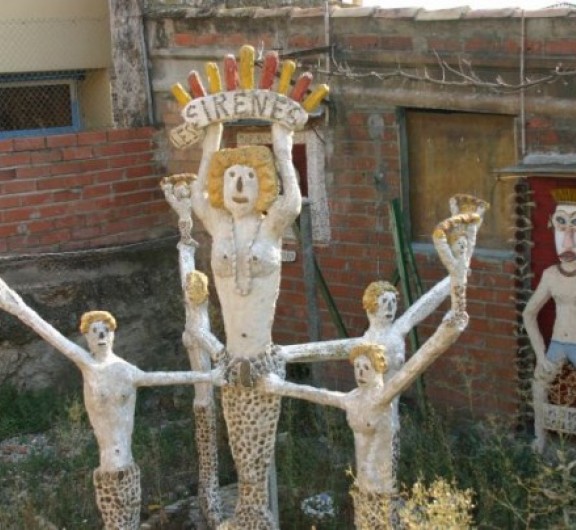
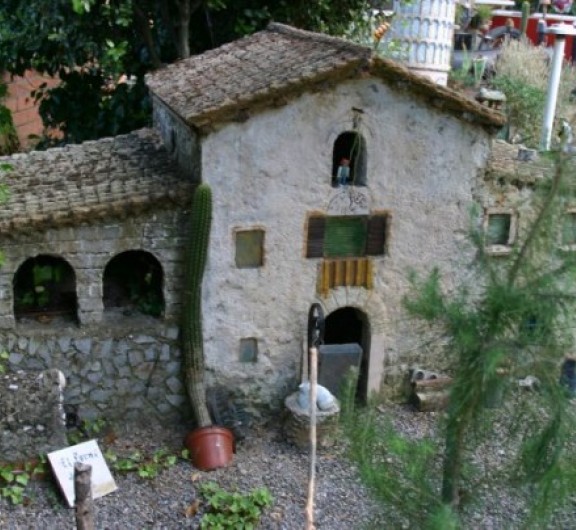
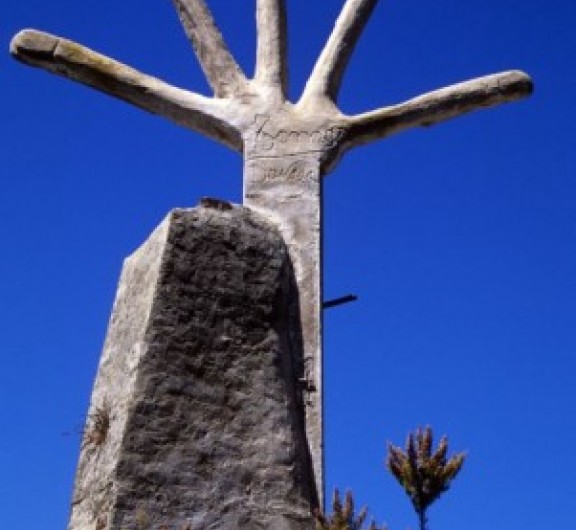
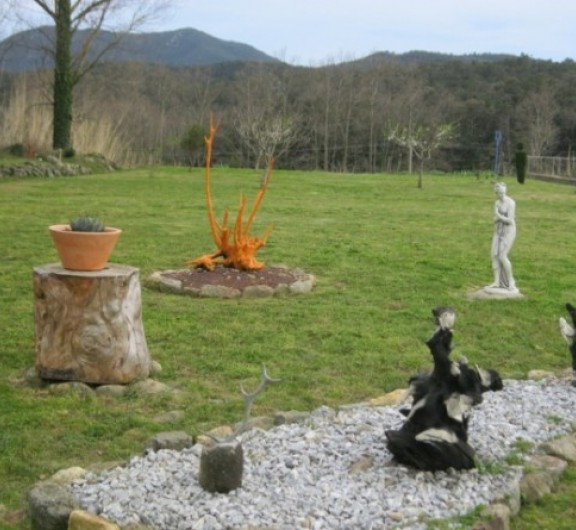

Post your comment
Comments
No one has commented on this page yet.